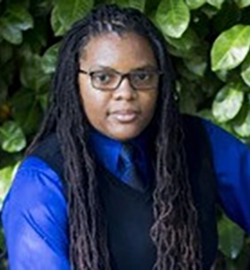While the public outcry often includes the views of the general public, missing, especially in the academic literature, are police officers themselves as well as a proper evaluation of use of force and proposed reforms (such as defund the police). Over the past several years, Ray, along with colleagues in The Lab for Applied Social Science Research, collected interview, survey, social media, and virtual reality data with police officers, activists, and civilians. His findings show how "structural implicit bias" contributes to racial disparities in policing vis-a-vis the organizational embeddedness of racism within the origins and functions of law enforcement. Ray's research indicates that police reforms focused on implicit bias trainings and body-worn cameras fall short because they do not address how the structural, cultural, and organizational components of policing obstruct accountability and contribute to over-policing, racial profiling, and racial disparities in policing killings. Ray concludes by discussing how a series of evidence-based policy prescriptions that focus on reallocating and shifting funding within police department budgets and innovative trainings using virtual reality technology can help transform policing in America.


 The College of Arts
The College of Arts